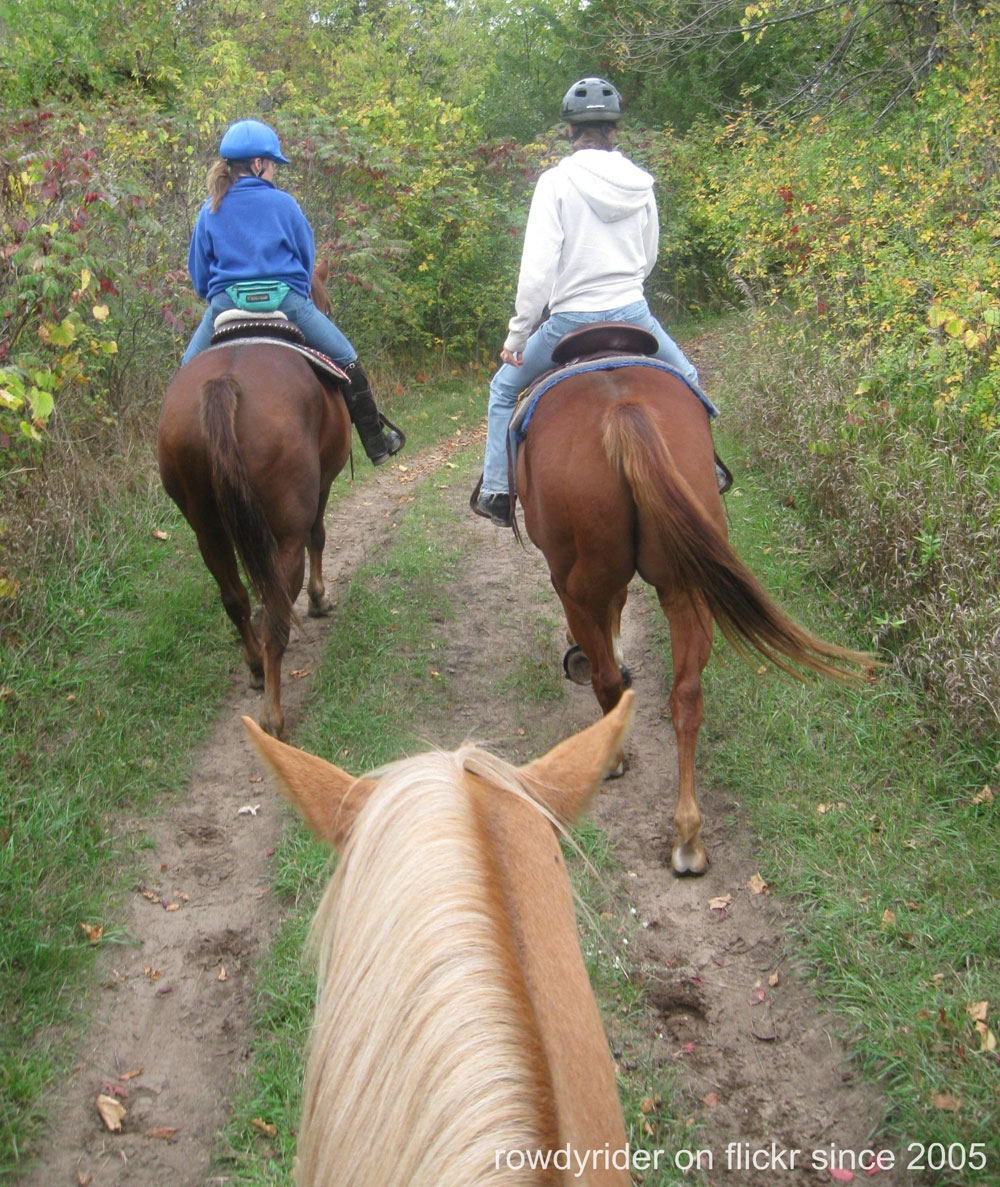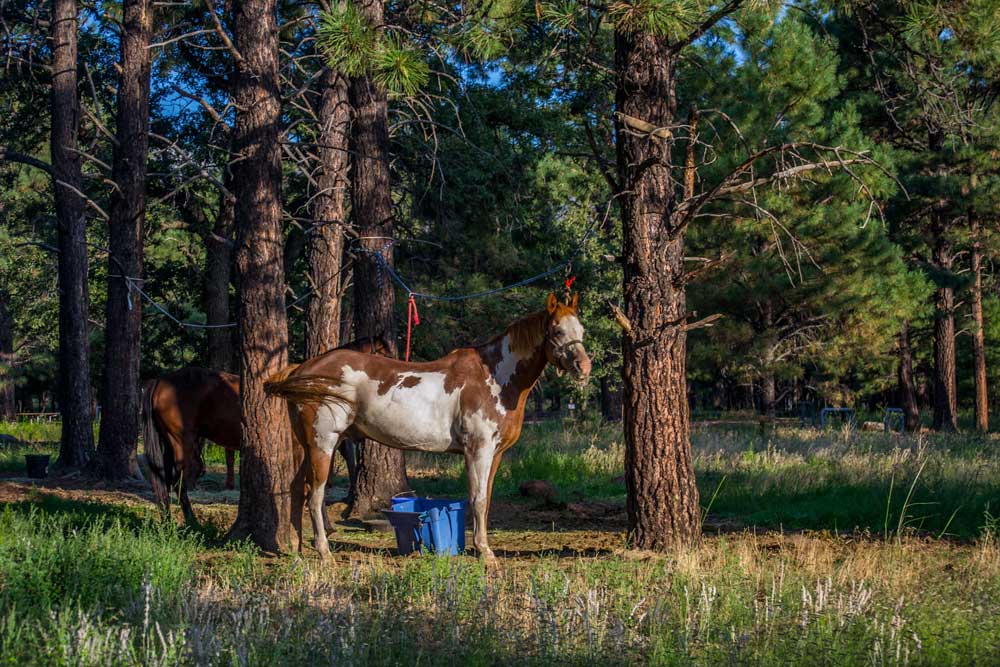Spending time in nature is an exciting and healing experience. Add a horse to the mix and you get to see the world through different, far more astute, eyes. In fact, the United States’ wilderness areas were defined and established with pack trips and equine travel in mind. Camping with your horse, whether in developed campgrounds or off the beaten track, is an unmatched way to get back to nature and test that relationship you’ve been working so hard on back home.

“It’s such a satisfying feeling to be in the wilderness with an animal,” says Aniela Gottwald, the intrepid young woman behind the @riding.wild Instagram account, where she shares her backcountry horseback adventures. “You realize all these things outside of your own perception, and you get to be the best you. You have to be the leader, and you have to be humble.”
Even if you just want to get away for a fun weekend, knowing where to begin can be daunting. We talked to Gottwald and other horse camping fans to round up some tips to get you started.
Level 1: New to Camping
Many campgrounds and RV parks have permanent equine set-ups. These are a great if you’re new to camping or just prefer more amenities.
But do your homework ahead of time, as each place is different: some have restrooms, showers, electric hookups, cabins for you, and stalls for your mount, while others offer tent camping, pit toilets, and basic corrals.
Level 2: Some Experience
For a more remote option that’s still accessible by vehicle, consider primitive camping areas. These spots, found on National Forest Service or Bureau of Land Management land, often permit horses but don’t have corrals.

They may have fire pits and a place to set up a high-line or portable electric fencing, but no toilets or other amenities. As long as you’re content returning to the same spot each night, these sites let you explore beautiful wilderness without your horse having to pack all that gear.
Level 3: Adventure Seeker
Multi-day pack trips will require more (and lighter-weight) gear, advanced skills, and a strong desire for adventure.
Gottwald recommends planning routes around available water and grazing whenever possible. And remember, the backcountry is rougher and conditions less predictable, so be ready to hike alongside your horse in particularly tricky terrain.
What to Pack
For you:
Bring whatever you would want for the type of trail riding and camping you’ll be doing.
If you’re riding established trails from an RV campground you might not need all of this, but it’s a must for wilderness riders:
- map
- compass
- GPS
- headlamp
- satellite phone or SOS device such as a Spot 3
- first-aid kit
- emergency blanket
- knife
- lighter
- tent
- warm clothes
- food
- water (or water purifier).
For your horse:
- Feed. For campground and boondock camping, bring hay. If you’re feeding something special—such as a weed-free variety—get your horse used to it ahead of time. In the backcountry, grazing may be insufficient for your horse’s caloric needs, so consider bringing a concentrate/high-calorie feed.
- Containment. If you’re not staying somewhere with corrals, bring your own high-line or portable electric fence. Also consider a tracking collar, such as the Digitanimal GPS tracker for horses—you’ll be thankful in the off chance your horse gets loose.
- Hoof & care. Bring basic farrier and veterinary kits as well as a set of hoof boots in case your horse throws a shoe.
- Duct tape. It’s lightweight and can be used for temporary improvisations and repairs.
- Shovel. This is for you and your mount—use it to bury your “number two” and spread your horse’s after an overnight or lunch break.
- Animal deterrent. Gottwald always brings bear spray on her expeditions. Others who ride in the backcountry, especially alone, opt for a rifle or pistol. Whatever you choose, make sure you are trained to operate it safely and that it doesn’t spook your horse.
- Extras. Once you’ve got your essentials laid out, do an inventory to identify things you would be in trouble without—such as a halter or reins—and bring duplicates of those items.
Aniela Gottwald is directing a feature documentary about her upcoming journey along the Pacific Crest Trail in 2019 with her three Mustangs and dog. Follow their adventure on Instagram @riding.wild
This article originally appeared in the June 2019 issue of Horse Illustrated magazine. Click here to subscribe!





